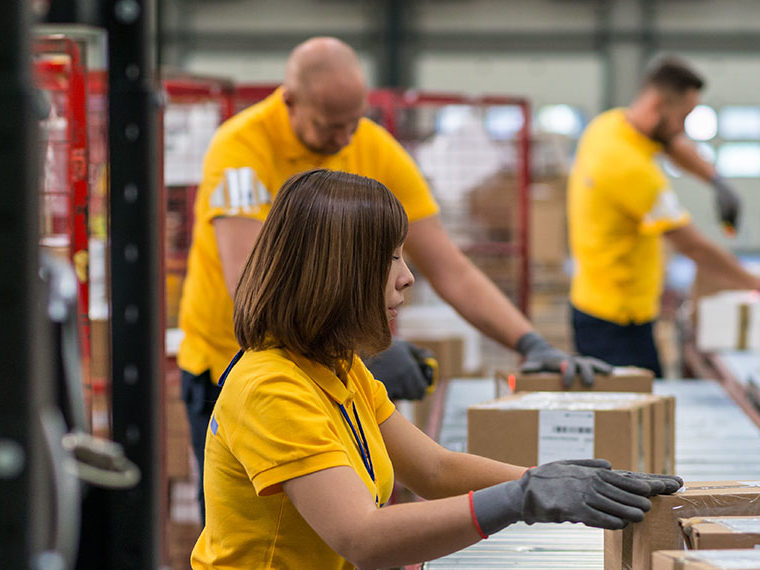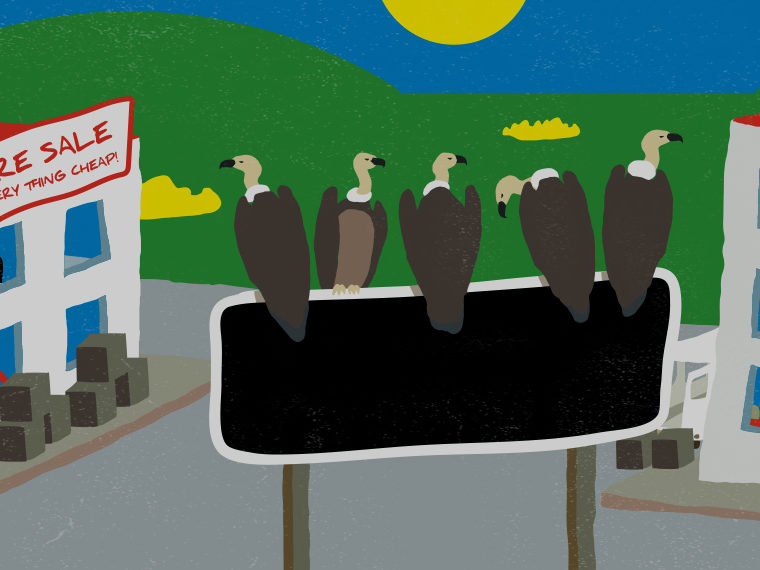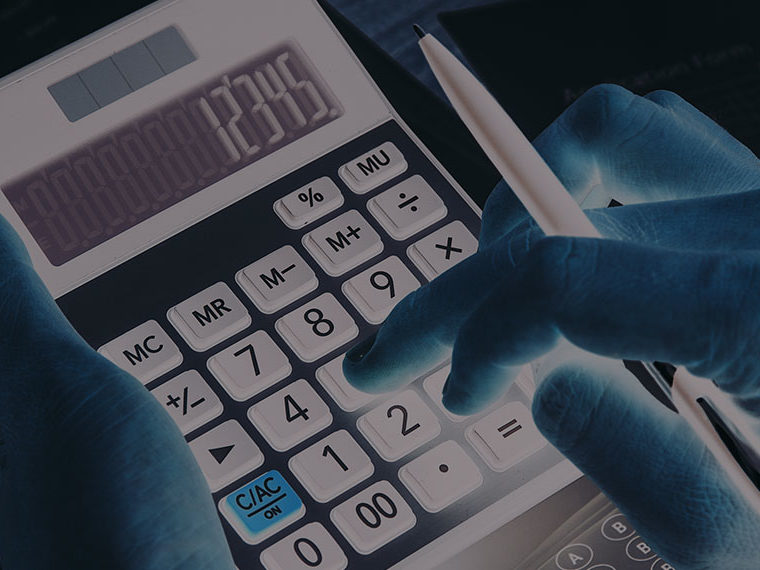Decision making research may sometimes rush to judgment
How we weigh trade-offs when pondering a decision is a topic of seemingly endless interest in behavioral economics circles, and the popular field of study has produced an abundance of theories about how and why people make decisions that seem “irrational.”
In a feat of academic cat herding, UCLA Anderson’s Franklin Shaddy, University of Chicago’s Ayelet Fishbach and Stanford’s Itamar Simonson propose an elegantly straightforward way to organize this expansive choice research. And their theoretical perspective leads them to conclude that some research might be too quick to describe certain decisions as mistakes.
In a paper forthcoming in the Annual Review of Psychology, the researchers waded through more than 175 papers that explore a multitude of decision making processes that explain how people resolve trade-offs in choice. They suggest that for all its complexity, the literature can be neatly sorted into one of two broad buckets: decisions that reflect either an “extreme” solution that maximizes a particular consideration (a specific goal, a certain attribute, an individual preference) or a “mixed” solution that balances multiple considerations.
Opt In to the Review Monthly Email Update.
Take, for example, a classic self-control dilemma: eating a doughnut while dieting. When judged according to a single “extreme” consideration — whether the choice helps or hinders pursuit of a weight-loss goal — this decision might seem like a mistake.
But Shaddy, Fishbach and Simonson suggest that, often, these decisions simply reflect a “mixed” solution and are not mistakes at all.
Sure, when a dieter eats a doughnut after spending all day glued to the couch, that’s probably a mistake. But if the indulgence were instead a reward for an intense gym session, it probably reflects a mixed solution. Anticipating a short-term indulgence (the doughnut) helps facilitate progress toward a long-term goal (exercise). It doesn’t necessarily spell doom for the dieter’s next weigh-in. Goals are being balanced, not broken (a concept familiar to anyone who occasionally enjoys a cheat day to maintain long-term motivation).
Broadly speaking, as the researchers note, such “‘failures’ of self-control are usually judged according to whether they fully satisfy a single consideration (e.g., a long-term goal). When judged with respect to how they partially satisfy multiple considerations, however — both a short-term and long-term goal, for example — they may not be mistakes at all.”
The researchers extend this perspective to other so-called mistakes. For example, past work has shown that spending money on experiential purchases makes people happier than spending money on material purchases. So, according to that account, choosing a new mattress over a Caribbean vacation is a mistake, because it fails to maximize a single “extreme” consideration — happiness .
Shaddy, Fishbach and Simonson, however, see it differently.
“No one is fondly recalling their mattress a year later. But the magnitude of the potential utilitarian benefits — more and better sleep — could outweigh any enduring retrospective satisfaction culled from beach memories. That is, the mattress probably maximizes total hedonic and utilitarian value, relative to the vacation.” Here, when people choose the mattress, they are simply trying to find the right balance between happiness and practicality.
Shaddy, Fishbach and Simonson also offer a clarifying framework for sorting the different motivations that can come into play when working through trade-offs. What causes people to pursue “mixed” versus “extreme” solutions for resolving trade-offs? The authors identify three types of variables that answer this question.
For example, they suggest that when people see their choices as an expression of their identity, they are likelier to endorse an “extreme” solution. No one wants to send a “mixed” message about who they are, after all.
Or consider expertise, which the authors suggest leads people to similarly pursue “extreme” solutions. If you know nothing about wine, ordering the tasting flight — a “mixed” solution — represents a logical solution, given your uncertainty. But if you fancy yourself an oenophile, you don’t need the “mixed” solution. You already know what’s best and opt for a single large pour of your preferred varietal and vintage.
Given that they suggest not all “mistakes” should be classified as such, Shaddy, Fishbach and Simonson propose four criteria (see below) that could be incorporated into future research to interpret whether a decision that seems like a mistake is truly a mistake or simply a well-reasoned mixed solution.
“That a decision is merely inconsistent with one’s stated goals or evaluated negatively in light of one’s stated interests, however, does not imply a mistake,” write Shaddy, Fishbach, and Simonson. “Distinguishing mistakes from mixed solutions is therefore of both practical and theoretical importance.”
Featured Faculty
-
Franklin Shaddy
Assistant Professor of Marketing and Behavioral Decision Making
About the Research
Shaddy, F., Fishbach, A., & Simonson, I. (in press). Tradeoffs in choice. Annual Review of Psychology, 72.






